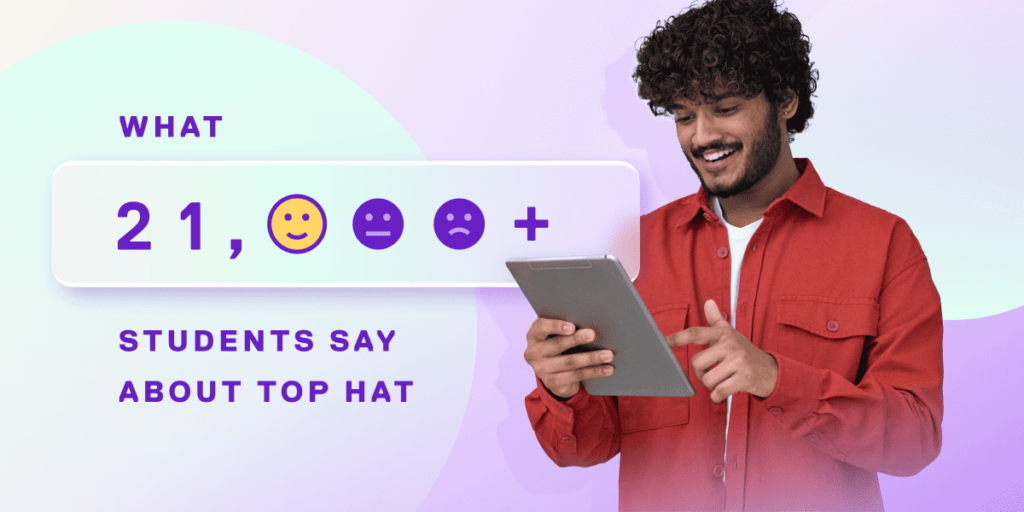The rise of generative AI has drawn significant attention, and like many instructors, we’ve been considering its potential impact on the future of education. Will AI dismantle learning as we know it or offer a new horizon for teaching, research, and meaningful work? It is both exciting and taxing, but it’s crucial to recognize that we’re not alone in wrestling with uncertainty.
We know students are using AI, and we can expect that the majority will continue to do so for future coursework. These revelations have triggered alarm bells over how we assess learning, with a specific focus on minimizing the risk of academic dishonesty. But let’s not overlook the emotional toll on our students. According to a recent Best Colleges survey, 27 percent of students express worry about AI’s influence on their education, while 31 percent grapple with concerns about their future career prospects. Nearly half are anxious about AI’s broader societal impact.
What’s striking is most students report their instructors have not broached the subject of AI, let alone its potential ramifications for education, careers, or the disciplines they are pursuing. Regardless of whether we have fully comprehended the implications of AI or its impact on the work we assign our students, it is important we initiate a broader conversation. Extensive research underscores the disruptive impact of stress on learning, particularly on memory formation and retrieval. Constructive, meaningful dialogue can alleviate this. By addressing the apprehensions AI has stirred among students, we also open a channel to discuss concerns over academic integrity.
Facilitating effective discussions
To steer clear of a reactionary discussion, we need to set the stage. Using ‘before, during, and after’ phases offers a useful framework for conducting substantive discussions.
To prepare for the discussion, assign readings that encompass diverse perspectives on AI and include comprehension questions for students to address beforehand. Summaries like the one provided by Danny Liu and Adam Bridgeman from a recent student forum at the University of Sydney offer a rich tapestry for exploration. The Best Colleges Survey, which delves into insights on student AI utilization, academic integrity, education, societal outlook, and the world of work, might also serve as a foundational resource. Contemplate having students complete a survey of your own, probing into these themes and adding questions tailored to your field.
Preparation for engagement
Engaging students often presents a formidable challenge. Beginning the discussion with a series of reflection questions, polls or ‘think-pair-share’ dialogues are effective ways to set the stage for interaction. Student engagement platforms like Top Hat provide an array of options, encompassing polling and word responses, to help students gain insights into what their peers are thinking. Tools like this can be especially beneficial to students who may be less inclined to share their thoughts out loud.
What are their overall views with respect to AI? What worries them or interests them most? What skills or knowledge do students deem indispensable in the age of AI? What do they hope to gain from their college experience? Questions like these are a powerful way to fuel discussion and deepen engagement.
Check out our Top Hat course: AI in Focus: A Classroom Discussion
If feasible, use a discussion tool to establish a backchannel where students can pose questions and provide comments, fostering peer-to-peer dialogue and collectively addressing concerns throughout the discussion. If you teach a larger classroom, ask a student or TA to report out periodically, or make a point of pausing to check in on what’s transpired.
If you devise your own survey to serve as the backbone of your discussion, disclose the results at pivotal junctures and encourage opinions and counterarguments. You might contrast your own findings with those from the Best Colleges survey to uncover commonalities and disparities.
Potency in reflection
At the culmination of the discussion, have students write an exit ticket or a minute paper, encapsulating their key takeaways, shifts in their attitudes toward AI, and their plans moving forward. This not only provides instructors with invaluable insights but also ensures that the information and experiences endure.
If an end-of-class assignment feels rushed, consider assigning reflection questions for extra credit. Encourage students to delve into aspects of AI that pique their interest, exploring how AI could revolutionize traditional approaches in your field or enhance efficiency in their personal lives. They might also ponder what future employers will find valuable in terms of their education and experience with AI.
Anxiety often stems from uncertainty. Encouraging students to undertake critical self-reflection about their thoughts, emotions, and potential courses of action can assist them in distinguishing perceived threats from genuine ones. By facilitating meaningful dialogue, we empower students to shape their perspectives and future plans, granting them a greater sense of agency in navigating the impact of AI.


